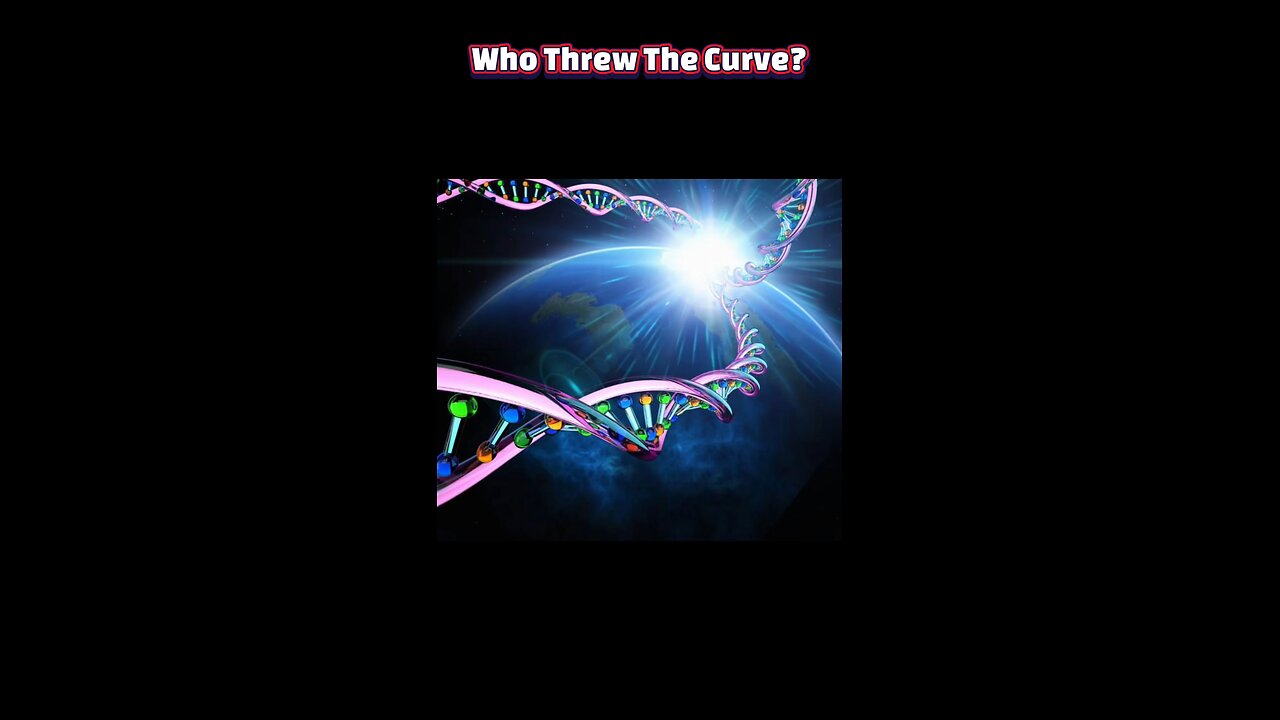Premium Only Content

The Mother of All Life: Earth's First Ancestor Is Older Than We Ever Imagined
#OriginOfLife #AncientEarth #ScienceMystery #LUCA #EvolutionExplained #DeepTime #BiologyFacts #SciComm #MindBlown
Life on Earth traces back to a single common ancestor, a concept that unifies biology and explains the shared features of every organism. This idea, often called the last universal common ancestor or LUCA, is supported by the universal genetic code, the shared biochemical pathways, and the striking molecular similarities among bacteria, archaea, and eukaryotes. Recognizing a single origin reframes diversity as a branching tree from one root rather than separate beginnings. The age of that root is now being pushed further back as new data and methods refine our estimates.
Genetic evidence is the clearest line of support for a single ancestor because DNA and RNA sequences carry a record of descent. Core genes involved in translation, replication, and basic metabolism are remarkably conserved across all life, implying inheritance from a single source. Comparative genomics shows consistent patterns of homology that are extremely unlikely to have arisen independently multiple times. When organisms as different as yeast, plants, and bacteria use the same fundamental molecular machines, the simplest explanation is common descent.
Recent advances in molecular clocks, phylogenetic methods, and ancient biomarker detection have pushed the likely age of our common ancestor deeper into Earth’s past. Improved molecular clocks that account for variable rates of evolution and horizontal gene transfer suggest that LUCA lived very early on, perhaps within the first few hundred million years after Earth cooled. Geological and chemical evidence for early habitability, such as ancient hydrothermal systems and isotopic signatures of life, make an early origin plausible. Together, these lines of evidence imply life began and diversified quickly on a young planet.
An older LUCA has profound implications for how we think about the origin of life and the conditions that made it possible. If life emerged rapidly and early, the chemistry that produced self-replicating systems must be relatively robust under a range of planetary conditions. That raises the probability that life could arise elsewhere given similar environments and suggests that the transition from chemistry to biology may not be an astronomically rare event. It also shifts the research focus toward understanding the common biochemical toolkit shared by all organisms and the environmental niches—like hydrothermal vents—that could have nurtured early life.
Accepting a single, ancient ancestor unifies biology and sharpens the questions that remain: how exactly did that ancestor assemble its molecular toolkit, and what environments made it likely? The convergence of genetic, geological, and experimental evidence paints a picture of life as an early, resilient, and rapidly diversifying phenomenon. Far from diminishing wonder, the deep antiquity of our common origin amplifies the mystery and urgency of decoding the chemical steps that turned Earth’s early molecules into a living lineage that still runs in our cells today.
-
 1:28:28
1:28:28
Game On!
21 hours ago $1.04 earnedCollege Football Week 9 Betting Preview!
9.84K2 -
 5:40
5:40
Buddy Brown
22 hours ago $7.43 earnedVideo of MSNBC airing a FAKE CROWD for NO KINGS! | Buddy Brown
28.2K31 -
 38:50
38:50
WanderingWithWine
5 days ago $1.42 earnedDream Homes in Italy for Every Budget! Italian Houses for Sale
9.61K -
 LIVE
LIVE
The Bubba Army
23 hours agoTrump Demolishes The WHITE HOUSE! - Bubba the Love Sponge® Show | 10/21/25
1,348 watching -
 8:11
8:11
Tactical Advisor
13 hours agoBREAKING NEWS! Glock Discontinues All Models?! NEW Glock V
10.6K10 -
 37:26
37:26
RiftTV
9 hours agoASTROTURFED! The Fake Anti-Trump Movement Exposed | DC Dive | Guest: Kaelan Deese
20.5K2 -

BEK TV
1 day agoTrent Loos in the Morning - 10/21/2025
10.9K -
 LIVE
LIVE
Side Scrollers Podcast
1 day ago🔴SIDE SCROLLERS FUND-A-THON🔴DAY 1🔴100% REVENUE HELPS CHANGE CULTURE!
1,111 watching -
 6:00
6:00
China Uncensored
1 day agoWar With China Is Coming
26.4K63 -
 40:45
40:45
Jasmin Laine
17 hours ago“If You Have a Problem, I Don’t Care”—Jamil Jivani OBLITERATES the Woke Regime
14.3K11